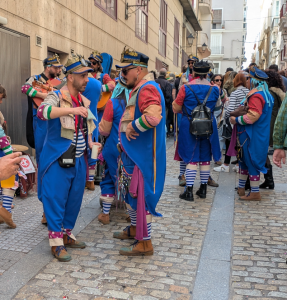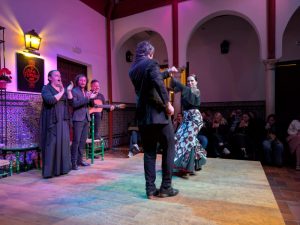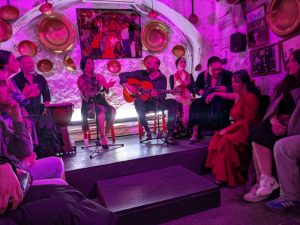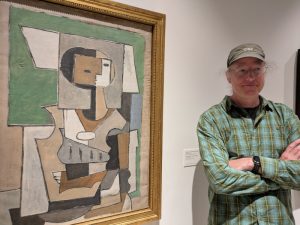Time for a change in the blog…
In 2010, we went on a 6-week bicycling adventure in central Europe. Internet access along our route was very spotty (we didn’t even have access every day), our phones didn’t work in Europe, and good photos required using a stand-alone digital camera instead of a phone. So we set up this blog and made posts every few days along our way, in order to keep our friends and family updated, share photos, and post information for others who might be interested in a similar trip. We’ve kept up the blog ever since, making posts whenever we went on a Grand Adventure, and also sometimes making composite posts with photos from smaller trips and adventures.
But this is not 2010, and things have changed. We just spent the entire month of March 2025 in Portugal and southern Spain, where we had decent cell network and internet service most of the time we were traveling. We’ve both given up carrying cameras separate from our phones, and combining that with the network service, it was relatively easy (apart from time zones) to stay in touch with people and send photos. Also, anyone can do a web search and find photos and information covering anywhere in the world pretty easily. So, we aren’t feeling all that compelled to do the same kind of blogging that we used to, where we put in every detail of our itinerary and information for other travelers. Instead, we thought we’d post some photos (not necessarily in chronological order) and a few things that, some days after returning, we are still thinking about. You can also see our itinerary on the map at the bottom of the page.
Spending time with (and without) friends and family
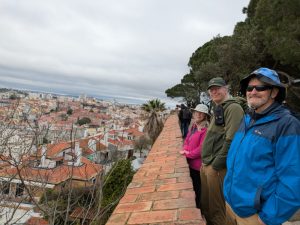
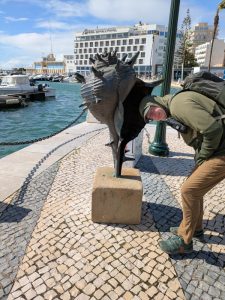

We’ve adopted a flexible travel style over the years we’ve been together: figuring out where we want to go next, figuring out how to get there and where to stay, and deciding what to do each day without set plans is fun for us. We enjoy traveling on trains and buses as part of the experience, and we don’t mind walking some distance with our luggage to get where we’re going. A setback or challenge just means we’ve had more of an adventure, and Jennifer always enjoys talking to people we meet, learning new languages (Portuguese), and practicing ones she knows better (Spanish).
Traveling with other people is quite different. Everything takes longer when 4-6 people are involved, people have different preferences when it comes to travel style, you tend not to meet as many people when you’re in a bigger group, and it can be difficult to make decisions and satisfy everyone’s goals — even picking out where to eat dinner can be a challenge. Also, securing lodging ahead of time, not moving lodgings too often, and booking some activities ahead of time really helped when we were with Zach’s family, and rather than using public transport to get long distances, we rented cars.
All in all, this trip was a great opportunity to spend time and share the experience of exploring a new place (culture, food, sights) with people we care about, away from the concerns of usual life. And it was also good to have some time where it was just the two of us on this trip.
5000+ years of history and architecture
The area we were traveling in has a history that is different from other places we’ve been, and it is possible to see artifacts, ruins, and intact structures from several periods of history (I’ve left out a few periods that we didn’t really see):
- Neolithic: we visited the Dolmens of Antiquera (around 3700 BC)
- Phoenicians (from around 1000 BC): the city of Cadiz on the south coast of Spain was founded by the Phoenicians, and the archaeological museum there has artifacts ranging from neolithic to modern days
- Romans (from around 200 BC): there are Roman ruins in many towns and cities in the region, and many later structures incorporate Roman foundations
- Moors (from around 800 AD): many buildings we saw are from this period, and they are of a style we hadn’t seen elsewhere in our travels
- Catholics: the so-called Reconquista ended in 1492 when Granada was conquered from the Moors
- Gibraltar has its own history since then: it was taken over by England in 1713, and then suffered several sieges and attacks.

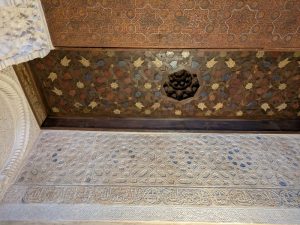
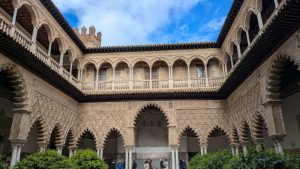

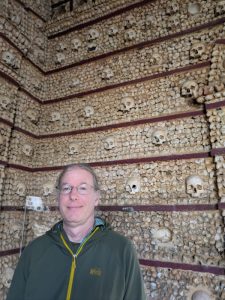
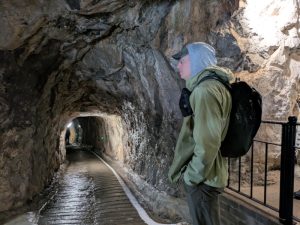
Tiles, decorative pavement, and mosaics

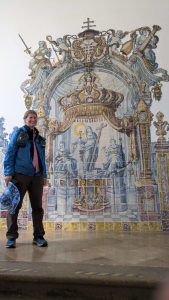
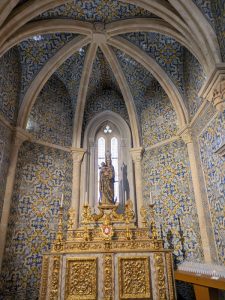

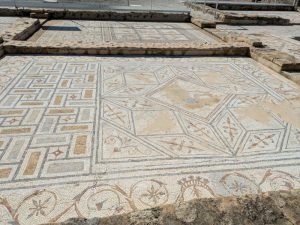
Nature
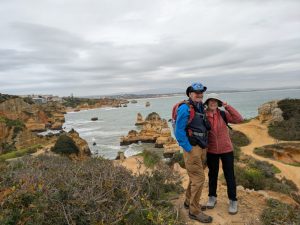
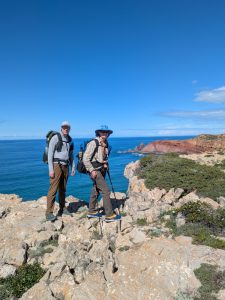
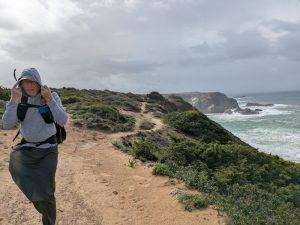
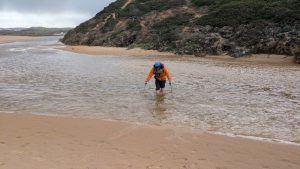
At one point on the Rota Vicentina, we came across a train of caterpillars in the road we were walking on.
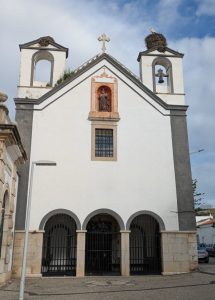

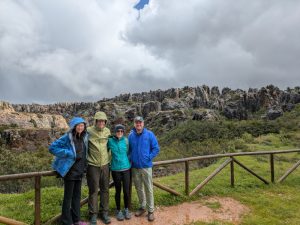
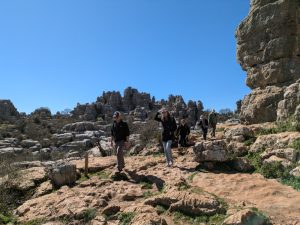
Arts and Culture
We arrived in Portugal around the time that people were celebrating Carnival (also known as Mardi Gras). Jennifer searched on the web and found a listing for a local group in Lisboa who we thought might be having some sort of an event, so we took a local bus to a park and watched this parade, complete with random costumes and very well rehearsed percussion.
